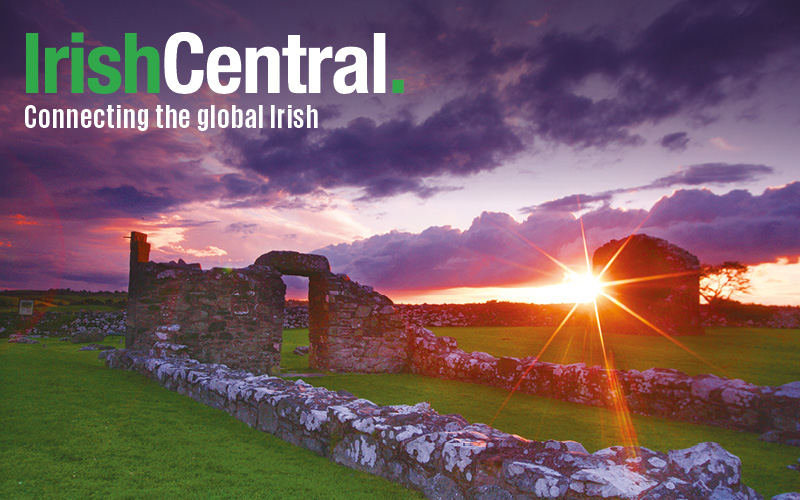Read more: Reckless lending and property mania to blame for Ireland's bank crash
Irish house prices increased by around 330 per cent between 1996 to 2007 – a bubble of impressive scale and duration, but a bubble nonetheless.
Plenty of outside observers saw the writing on the wall and said so, but they were overlooked in the Celtic Tiger gold rush. The European Central Bank (ECB), the Organisation for Economic Co-operation and Development (OECD), the Financial Times, the Economist and the International Monetary Fund (IMF) all spoke of dire portents early and often.
They were ignored. Cheap and easy money arrived in Ireland just as the tiger economy geared up. The country adopted the euro and access to a large pool of low-cost European finance with it.
When the bubble burst Ireland's main domestic financial institutions were wiped out and European institutions and the IMF took over the nation's financial affairs. So the question now is has the country reached the end?
According to a report in The Irish Times this week one key factor will be residential and development property values. Ireland is currently hoping for a stabilization of prices at current levels.
From 1953 to 1996 the ratio of the price of new houses in Dublin to average industrial earnings was 5.3. That is also where it was in 1996. In 2006, it reached 13.7 but by 2010 it had fallen back to 7.4.
Returning to the pre-bubble level, average house prices in 2010 should have been approximately €180,000 instead of approximately €250,000 in terms of average house prices and average incomes.
Read more: Reckless lending and property mania to blame for Ireland's bank crash




Comments